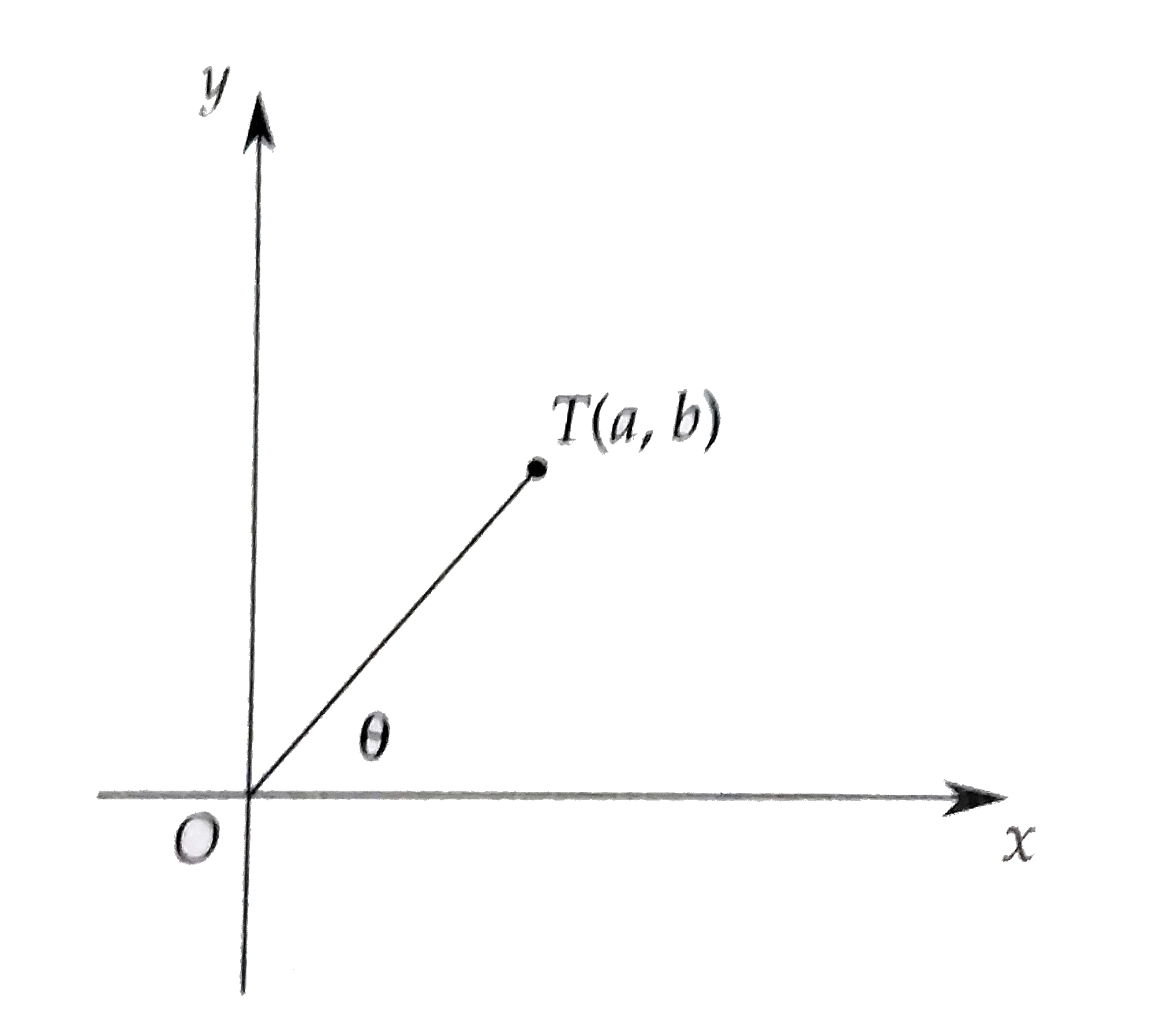Which of the following is a sink for CO?
Haemoglobin
Microorganisms present in the soil
Oceans
Plants
The correct Answer is:B
To determine which of the following options acts as a sink for carbon monoxide (CO), we first need to understand what a "sink" is in environmental chemistry. A sink is a medium in the environment that absorbs or consumes pollutants, either partially or completely.
1. Understanding Carbon Monoxide (CO):
- Carbon monoxide is a colorless, odorless gas that is a pollutant in the environment. It is produced from incomplete combustion of carbon-containing fuels.
2. Identifying the Options:
- The options provided are:
- A. Hemoglobin
- B. Microorganisms present in the soil
- C. Oceans
- D. Plants
3. Evaluating Hemoglobin:
- Hemoglobin is a protein in red blood cells that binds to oxygen. While it can bind to carbon monoxide, it does not act as a sink for CO in the environmental context. Instead, it transports CO in the bloodstream.
4. Evaluating Microorganisms in Soil:
- Microorganisms present in the soil can metabolize carbon monoxide. They utilize CO as a carbon source, effectively reducing its concentration in the environment. Therefore, they act as a sink for carbon monoxide.
5. Evaluating Oceans:
- Oceans do not significantly absorb carbon monoxide. While they can absorb various gases, CO is not one of them in a meaningful way.
6. Evaluating Plants:
- Plants primarily absorb carbon dioxide (CO2) during photosynthesis and do not act as a significant sink for carbon monoxide.
7. Conclusion:
- Based on the evaluations, the correct answer is that microorganisms present in the soil act as a sink for carbon monoxide.
Final Answer:
Microorganisms present in the soil are the sink for carbon monoxide.
---
- Carbon monoxide is a colorless, odorless gas that is a pollutant in the environment. It is produced from incomplete combustion of carbon-containing fuels.
- The options provided are:
- A. Hemoglobin
- B. Microorganisms present in the soil
- C. Oceans
- D. Plants
- Hemoglobin is a protein in red blood cells that binds to oxygen. While it can bind to carbon monoxide, it does not act as a sink for CO in the environmental context. Instead, it transports CO in the bloodstream.
- Microorganisms present in the soil can metabolize carbon monoxide. They utilize CO as a carbon source, effectively reducing its concentration in the environment. Therefore, they act as a sink for carbon monoxide.
- Oceans do not significantly absorb carbon monoxide. While they can absorb various gases, CO is not one of them in a meaningful way.
- Plants primarily absorb carbon dioxide (CO2) during photosynthesis and do not act as a significant sink for carbon monoxide.
- Based on the evaluations, the correct answer is that microorganisms present in the soil act as a sink for carbon monoxide.
Microorganisms present in the soil are the sink for carbon monoxide.
Topper's Solved these Questions
- ENVIRONMENTAL CHEMISTRY BOOK - ICSECHAPTER - ENVIRONMENTAL CHEMISTRY EXERCISE - TRUE OR FALSE TYPE QUESTIONS
10 Videos
- ENVIRONMENTAL CHEMISTRY BOOK - ICSECHAPTER - ENVIRONMENTAL CHEMISTRY EXERCISE - FILL IN THE BLANKS TYPE QUESTIONS
10 Videos
- ENVIRONMENTAL CHEMISTRY BOOK - ICSECHAPTER - ENVIRONMENTAL CHEMISTRY EXERCISE - ESSAY (LONG ANSWER) TYPE QUESTIONS
12 Videos
- CLASSIFICATION OF ELEMENTS AND PERIODICITY IN PROPERTIESBOOK - ICSECHAPTER - CLASSIFICATION OF ELEMENTS AND PERIODICITY IN PROPERTIESEXERCISE - NCERT TEXT-BOOK. EXERCISE (With Hints and Solutions)
63 Videos
- EQUILIBRIUM BOOK - ICSECHAPTER - EQUILIBRIUM EXERCISE - NCERT TEXT-BOOK EXERCISE
109 Videos
Similar Questions
Knowledge Check
Which of the following is a pair of co-prime numbers?
A8, 15B3, 18C5, 35D6, 39Which of the following is ture for CO2 concentration ?
AMore in alveolar air than in expired airBMore in expired air than in alveolar airCMore in inspired air than in alveolar airDMore in inspired air than in expired airWhich of the following is an example of co-polymer?
ABuna-SBPANCPolytheneDPTFE
Which of the following is a co-factor and tightly bound to the apoenzyme?
View SolutionWhich of the following is equal to cosθ ?

View SolutionWhich of the following fixes CO2 into carbohydrates
View SolutionCo is present in which of the following vitamin?
View SolutionWhich of the following statement is correct for CO ?
View Solution
